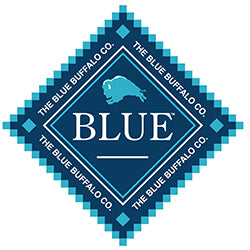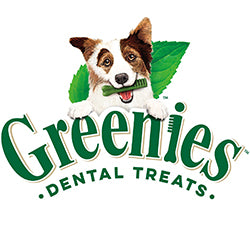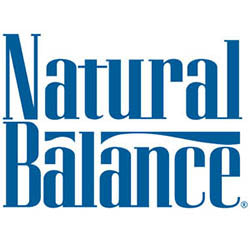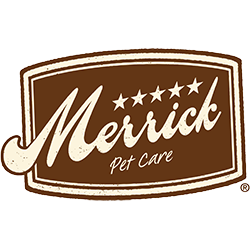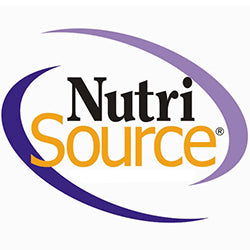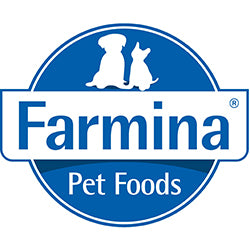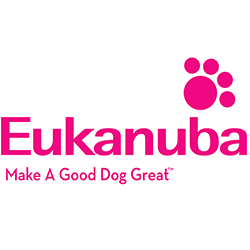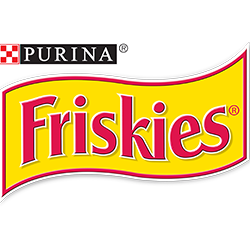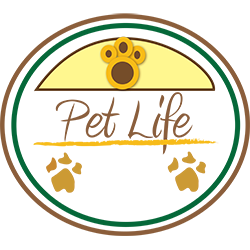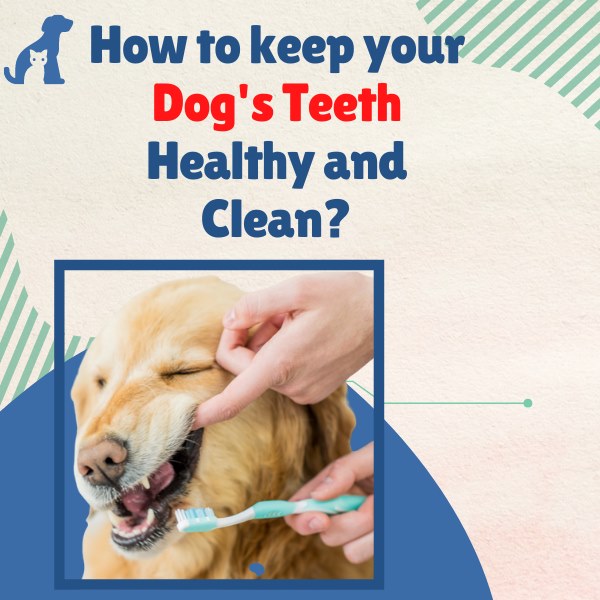
How To Keep Your Dog's Teeth Healthy And Clean?
Many dog owners neglect the significance of oral hygiene when it comes to maintaining the health and wellbeing of their pets. However, the majority of canines, per the American Veterinary Dental College, show indications of canine periodontal disease by the time they turn three. Foul breath is the most common symptom of early dental conditions, but owners often overlook poor breath as a typical or natural thing among dogs.
This is not to say that your dog should have a minty fresh breath. Yet, it shouldn't be so terrible that it is repulsive to you. Fortunately, implementing good dental hygiene at home can keep your dog's breath smelling good while your furry canine is happy and healthy with prolonged life.

The best part, the following tips are easy to practice on a tight schedule, so even the busiest dog owners may easily include these techniques into their weekly routines, ensuring shiny smiles from your four-legged friend.
Why Dog Dental Care is Essential?

Indeed, dogs aren't as susceptible to cavities as humans. But despite the common belief that dogs have cleaner mouths than humans, plaque, tartar, and gingivitis can affect dogs. But yellow teeth and foul breath aren't the only issues concerning dog parents. Canine dental conditions, like human dental problems, can lead to life-threatening infections and kidney, liver, and heart troubles.
Furthermore, the cost of dental extractions to retrieve troubling teeth can be anything from $10 per tooth for a simple extraction to over $1000 for a molar root canal. So everyone can agree that preventive steps like dental dog treats are the best approach to spare your wallet and beloved canine trouble.
So below are the ways to take good care of your dog's dental health for the best results:
- Use dog toothpaste to brush your teeth often and early
- Give your dog chew toys and chew bones for healthy teeth
- Use dog teeth wipes
- Regular visits to the vet for professional cleaning
Now, let's take a closer look at each approach.
Using Delicious Dog Toothpaste to Brush Your Dog's Teeth
If you own a dog that brushes its teeth, you can close this article and upload the video to YouTube immediately. But for the most part, you'll have to rely on a dog toothbrush, toothpaste, and a tactical approach to get the job done. The best performing dog toothbrush is a double-headed brush with bristles at a 45-degree angle to reach beneath the gum line.
On the other hand, your canine may resist teeth brushing initially, but with practice, you should eventually make it a pleasant experience for both parties. Look for a time after your dog has been active for a while, so your canine will be more willing to stay still for the procedure. Don't push the dog too hard at the onset.
Even if the dog doesn't allow you to brush its entire mouth, start softly and stop if the dog becomes upset. You may gradually extend the time as your dog becomes accustomed to it. Also, when grooming your dog, speak soothingly and kindly to him, and give him a dog toy or treat later. Before long, your dog should begin anticipating the brush.
Use of Dog Tooth Wipes

Dog dental wipes are a terrific choice for people who cannot wash their teeth or wish to change their cleaning methods. To assist in plaque removal, tooth wipes are designed for wiping your dog's teeth. They function in the same way as toothbrushes, but they can't reach the nooks and crannies as dog toothbrushes do. Nevertheless, they're still an excellent method to clean your pet's teeth, and they're typically easier to use than toothpaste and toothbrush.
Dog Dental Treats
Most dogs adore treats, and dental treats are excellent methods to enhance your dog's oral hygiene. These treats are designed to eliminate plaque accumulation and typically come with chemicals that help to freshen your dogs' breath and clean their mouth. They are considerably more liked by several dog breeds when compared with tooth wipes and toothbrushes and instrumental for tidying up your dog's teeth. These dog treats are available in a wide range of forms, tastes, and sizes, so you're sure to find one your dogs will enjoy.
Dog Chews
Like dog treats, these chews also come in various shapes and sizes, but virtually all contain teeth-cleaning characteristics. Regardless of the specific chew toys you get for your dog, the chewing process enhances your dog's dental health in and of itself. Gnawing removes plaque from your dog's teeth, and several all-natural meat chews comprise enzymes that aid with dental health. Bully sticks, cow ears, and chicken strips are excellent chews for keeping a healthy and happy dog. There are various long-lasting nylon or durable rubber chew toys that work just as well if you don't want your dog to consume more calories.

Bones are also an excellent example, so giving them to your dog will assist with the removal of plaque and retain healthy teeth. But picture this, a person who only chews and uses mouthwash. That isn't a healthy way to maintain proper oral hygiene, so you want to use other measures along with the dog chews.
When to Contact a Vet?

Regardless of whether your dog's teeth are regular or not, it's necessary to inspect the mouth at least once a week. Book the vet’s appointment if you see any of these indicators of dental problems:
- Issues with bad breath
- Changes in your dog's feeding or chewing patterns
- Pawing at the lips or face
- Drooling excessively
- Depression
- Missing or misaligned teeth
- Crooked, discolored, or missing teeth
- Reddish, painful, bleeding, or swollen gums
- Yellowish-brown tartar coating along the gumline
- Growths or bumps in the mouth
As previously stated, significant dental diseases can be costly to address. But leaving your pet unattended might be much more detrimental to their general health, so make it a point to seek professional help periodically.
Conclusion
Schedule and regular dental care can be tasking for both people and canines, but it can save you the cost and even save your dog's life. Allowing your dog to live without taking care of its dental health might cause expensive and usually painful vet appointments down the road. In addition, if the buildup of dental decay becomes severe enough, many dogs will require anesthesia before undergoing gum and tooth cleaning.
Putting the cost aside, this is a procedure that's 100% avoidable. Fortunately, you can save yourself and your dog these troubles by keeping your dog's mouth clean.
- Choosing a selection results in a full page refresh.

